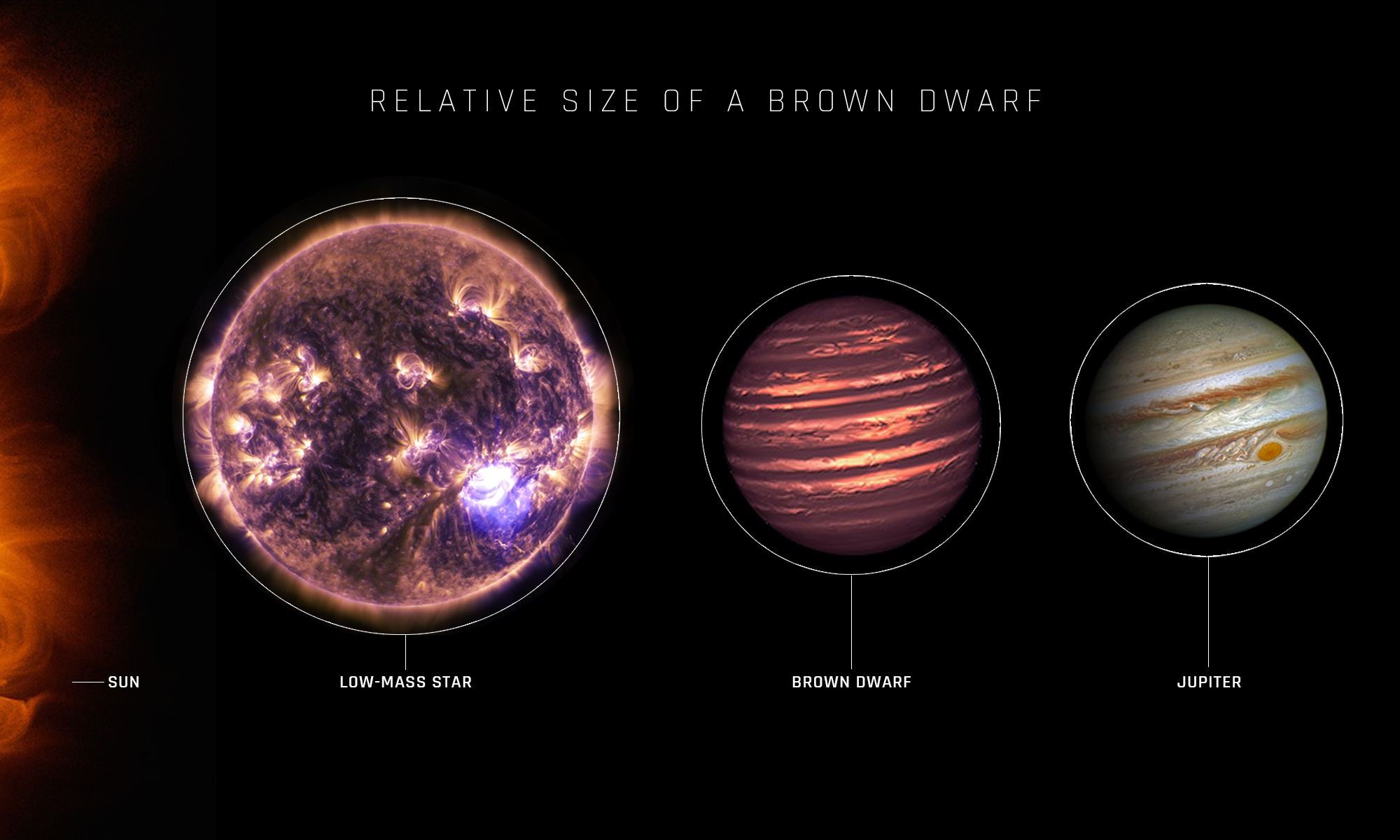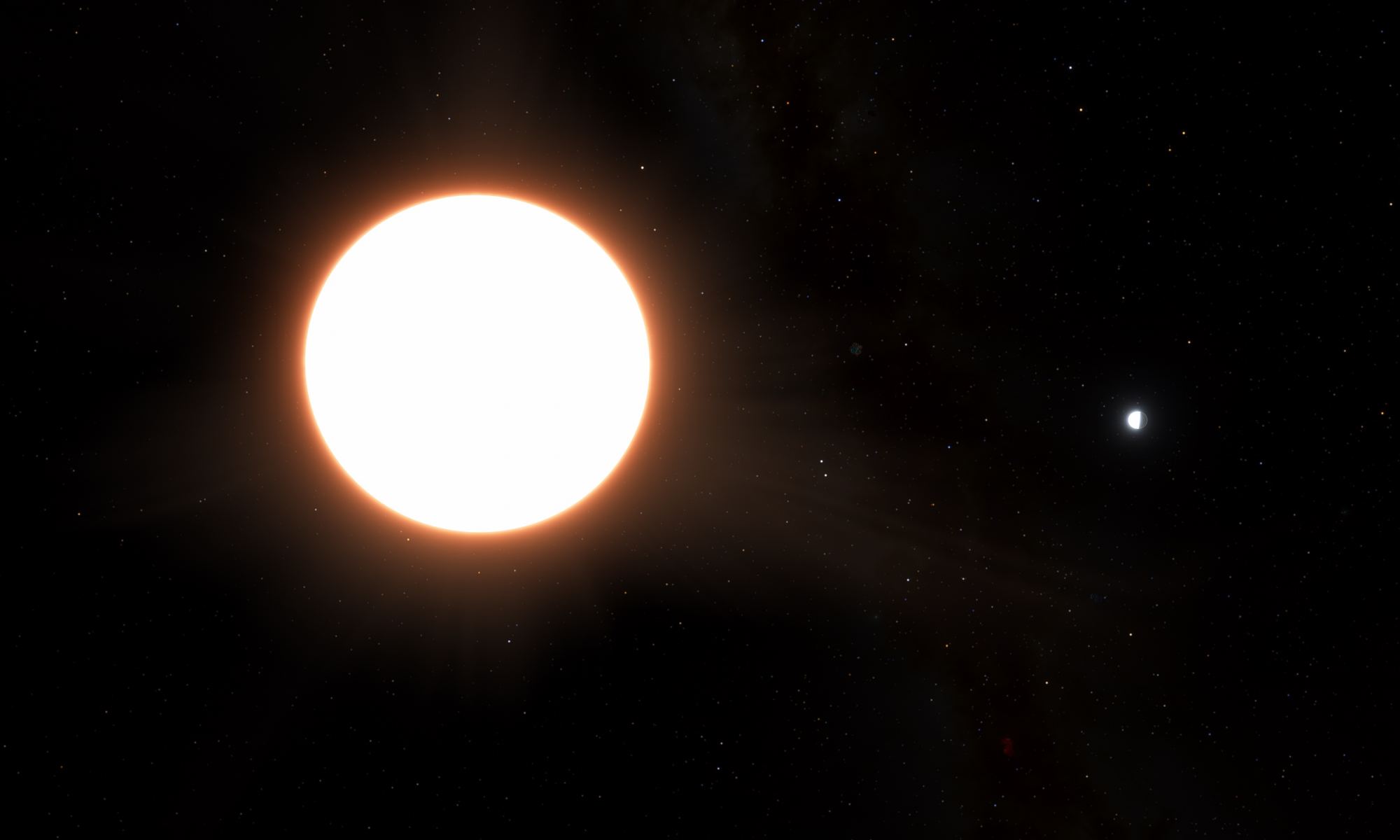Sunlike stars and those smaller than the Sun end their lives as white dwarfs. Without a continued source of energy from hydrogen fusion, these stars eventually collapse under their own weight. They would continue collapsing were it not for the pressure of electrons. As long as the remaining mass of a star is less than about 1.4 Suns, the electron pressure and gravitational pull will balance each other, creating a white dwarf.
Continue reading “One Side of This White Dwarf is Covered in Hydrogen While the Other Side is Helium.”Thin Flat Lenses Could Unleash a Revolution in Space Telescopes

Thanks to the laws of physics, there are two basic rules about telescopes. The first is that the bigger your primary lens or mirror, the higher the resolution of your telescope. The second is that lenses and mirrors have to be curved to focus light into an image. So, if you want a space telescope sensitive enough to see the atmospheres of distant exoplanets, Your telescope is going to need a large curved mirror or lens. But neither of these things is technically true, as a newly proposed telescope design demonstrates.
Continue reading “Thin Flat Lenses Could Unleash a Revolution in Space Telescopes”Did That Message Come From Earth or Space? Now SETI Researchers can be Sure

In radio astronomy, there are lots of natural radio signals to observe. The glow of hydrogen gas, the swirl of electrons along a magnetic field, or the pop-pop-pop of pulsars. These signals usually have a very natural character to them, so astronomers can distinguish them from the artificial chirps and chatters of terrestrial sources. But when you’re looking for the signals of alien civilizations, things can get more tricky. They should have an artificial character similar to the radio signals of humans. So how can astronomers distinguish between the distant artificial signal and the local ones?
Continue reading “Did That Message Come From Earth or Space? Now SETI Researchers can be Sure”Your Oven Gets Hotter Than This Star

Nuclear fusion is what separates stars from planets. Stars are massive enough to fuse hydrogen in their cores, while planets are not. But in between these two categories are brown dwarfs, which are massive enough to experience some nuclear fusion, just not hydrogen. The largest of them are hot and star-like. The smallest of them are barely warm enough to bake a pizza.
Continue reading “Your Oven Gets Hotter Than This Star”Liquid Water on Rocky Planets Could be 100 Times More Likely
It’s easy to think of Earth as a water world, with its vast oceans and beautiful lakes, but compared to many worlds, Earth is particularly wet. Even the icy moons of Jupiter and Saturn have far more liquid water than Earth. Earth is unusual not because it has liquid water, but because it has liquid water in the warm habitable zone of the Sun. And as a new study in Nature Communications shows, Earth could be even more unusual than we thought.
Continue reading “Liquid Water on Rocky Planets Could be 100 Times More Likely”The Universe Could Be Twice As Old if Light is Tired and Physical Constants Change

When the James Webb Space Telescope started collecting data, it gave us an unprecedented view of the distant cosmos. Faint, redshifted galaxies seen by Hubble as mere smudges of light were revealed as objects of structure and form. And astronomers were faced with a bit of a problem. Those earliest galaxies seemed too developed and too large to have formed within the accepted timeline of the universe. This triggered a flurry of articles claiming boldly that JWST had disproven the big bang. Now a new article in the Monthly Notices of the Royal Astronomical Society argues that the problem isn’t that galaxies are too developed, but rather that the universe is twice as old as we’ve thought. A whopping 26.7 billion years old to be exact. It’s a bold claim, but does the data really support it?
Continue reading “The Universe Could Be Twice As Old if Light is Tired and Physical Constants Change”We've Got to Go Back to Enceladus. Here's a Mission That Could Get the Science
In our search for life on other worlds, the one we’ve most explored is Mars. But while Mars has the makings for possible life, it isn’t the best candidate in our solar system. Much better are the icy moons of Jupiter and Saturn, which we know have liquid water. And of those, perhaps the best candidate is Saturn’s moon Enceladus.
Continue reading “We've Got to Go Back to Enceladus. Here's a Mission That Could Get the Science”Celebrate a Year of JWST With This Ludicrous Image of Rho Ophiuchi

Astronomy is driven by data. We take spectra of distant galaxies, plot the temperatures and brightness of main sequence stars, and graph the gravitational chirps of merging black holes. All of this data allows us to understand the universe around us. We don’t need images to do that, just data. But we still capture images even when we already have the data. We value them for their wondrous beauty, and for the stories they tell. This is why to celebrate a year of gathering data the James Webb Space Telescope (JWST) released a stunningly beautiful image that also tells a wondrous tale.
Continue reading “Celebrate a Year of JWST With This Ludicrous Image of Rho Ophiuchi”Titanium Clouds Make This Exoplanet Shine Like a Mirror

Astronomers have found a very unusual exoplanet. It’s a Neptune-sized world that orbits its star every 19 hours, and it’s the brightest exoplanet ever discovered. They are still learning about this world, which is a challenge because at first glance the planet shouldn’t exist.
Continue reading “Titanium Clouds Make This Exoplanet Shine Like a Mirror”Wind Direction on Mars Changed Abruptly About 400,000 Years Ago
Human-driven climate change is a serious threat to humanity. While climatologists continue to improve our understanding of its impact and consequences, they also look at nature-driven climate change going back millions of years. Whereas for human climate change, we only have a case study of one planet, for natural climate change we have a case study of two planets. Like Earth, Mars has undergone significant climate change in the past. We know, for example, that young Mars was both warm and wet. Its climate changed over a billion years to become the cold and dry world we know today. Even more recently, there have been shifts in the Martian weather, as noted in a recent study in Nature.
Continue reading “Wind Direction on Mars Changed Abruptly About 400,000 Years Ago”



